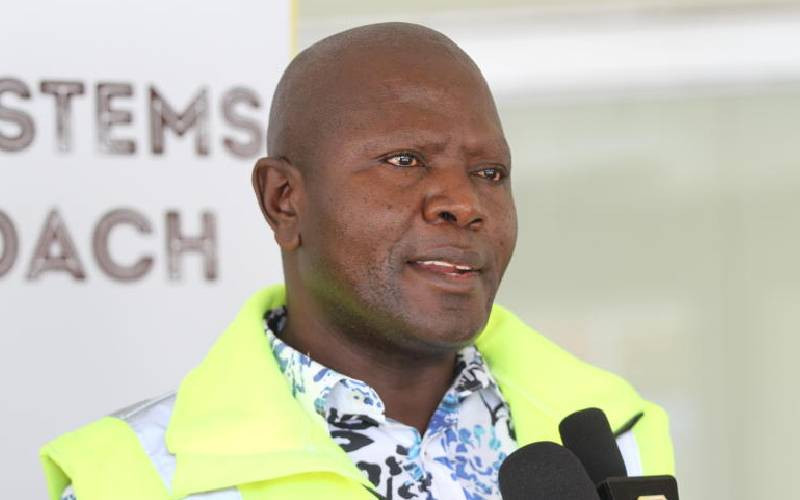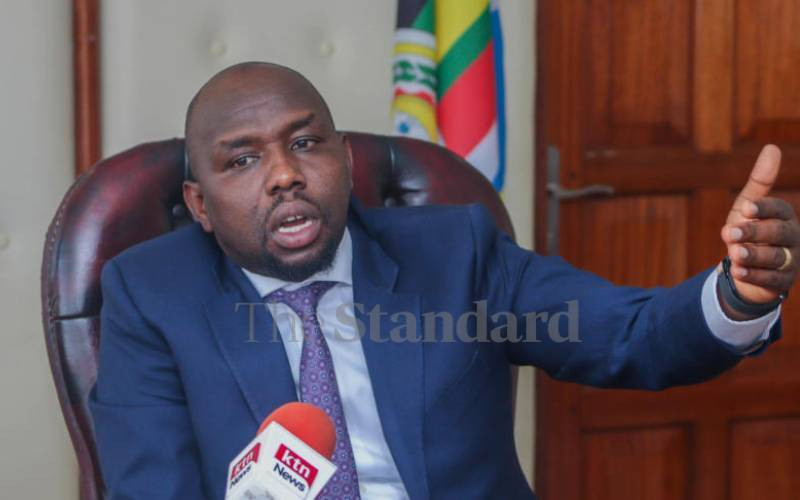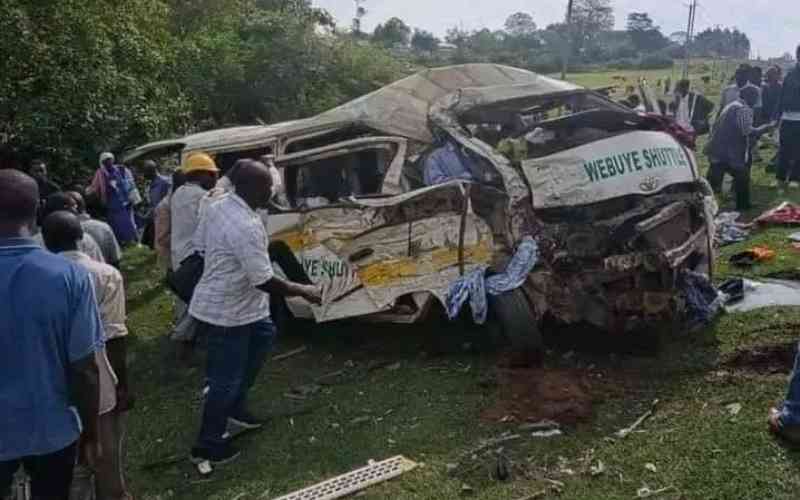During the time it has taken you to read this one sentence, someone in the world has died as a result of injury. The World Health Organisation reports that every six seconds, one of the world’s seven billion dies because of injury.
Indeed, injury can catch up with anyone at any time. Out of the approximately 8,000 Kenyans who die every year because of road accidents and other violent causes, thousands more are injured. You just have to visit any hospital to appreciate the full extent of injuries that stem from our roads.
However, injuries can also occur in the most unlikely of places — as you walk home from work. Open manholes are a notorious presence along footpaths, besides highways and even within residential areas. These manholes are time bombs that cause injuries to unsuspecting Kenyans.
All African governments should authoritatively deal with hazards at work and at home. Proper audits, reports, awareness creation, training, equipment and adhering to set global standards must be undertaken. This process should be dealt with through a well-coordinated effort that will provide green jobs for thousands of youth. This will prevent sudden injuries and provide jobs in the same breath.
A similar approach can also be used to reduce the hundreds of bicycle and motorcycle injuries that are worsened by lack of helmet usage. Enterprising Kenyans can design customised helmets that are hygienic, safe and aesthetically appealing. Depending on their pricing and level of awareness, Kenyans can be motivated to buy their own helmets in the same way that they buy their own shoes.
In the same vein, more sustainable transport will stem the thousands of injuries that result from road accidents every year while polluting the environment.
A head-on collision of bicycles is definitely far less fatal than one of motor vehicles. Fewer private vehicles on the roads because of efficient public transport will automatically mean that the probability of road accidents is lower. This is a key reason why Singapore had only 149 fatal accidents last year, as compared to Kenya’s thousands.
In the recent past, there were multiple TV interviews with a courageous 20-year-old lady who is battling injuries sustained in the Garissa attacks. It was a sad reminder that injuries are the lasting legacy of terrorism. They linger on after the terror attacks have faded from front pages and breaking news. We owe it to her to stem the injuries that result from terrorism.
I suggest a green shield against terrorism. A green shield is simply widespread land reclamation and tree planting in Kenya’s northern frontier. Hostile environments breed hostility that can take on different shapes like terrorism or cattle rustling. As long as northern Kenya’s vast land remains more of a security liability as opposed to national treasure, hostility will continue to flourish in the region. Barren land may not be able to yield crops but it can certainly birth violent conflict leading to injuries.
 The Standard Group Plc is a
multi-media organization with investments in media platforms spanning newspaper
print operations, television, radio broadcasting, digital and online services. The
Standard Group is recognized as a leading multi-media house in Kenya with a key
influence in matters of national and international interest.
The Standard Group Plc is a
multi-media organization with investments in media platforms spanning newspaper
print operations, television, radio broadcasting, digital and online services. The
Standard Group is recognized as a leading multi-media house in Kenya with a key
influence in matters of national and international interest.
 The Standard Group Plc is a
multi-media organization with investments in media platforms spanning newspaper
print operations, television, radio broadcasting, digital and online services. The
Standard Group is recognized as a leading multi-media house in Kenya with a key
influence in matters of national and international interest.
The Standard Group Plc is a
multi-media organization with investments in media platforms spanning newspaper
print operations, television, radio broadcasting, digital and online services. The
Standard Group is recognized as a leading multi-media house in Kenya with a key
influence in matters of national and international interest.








